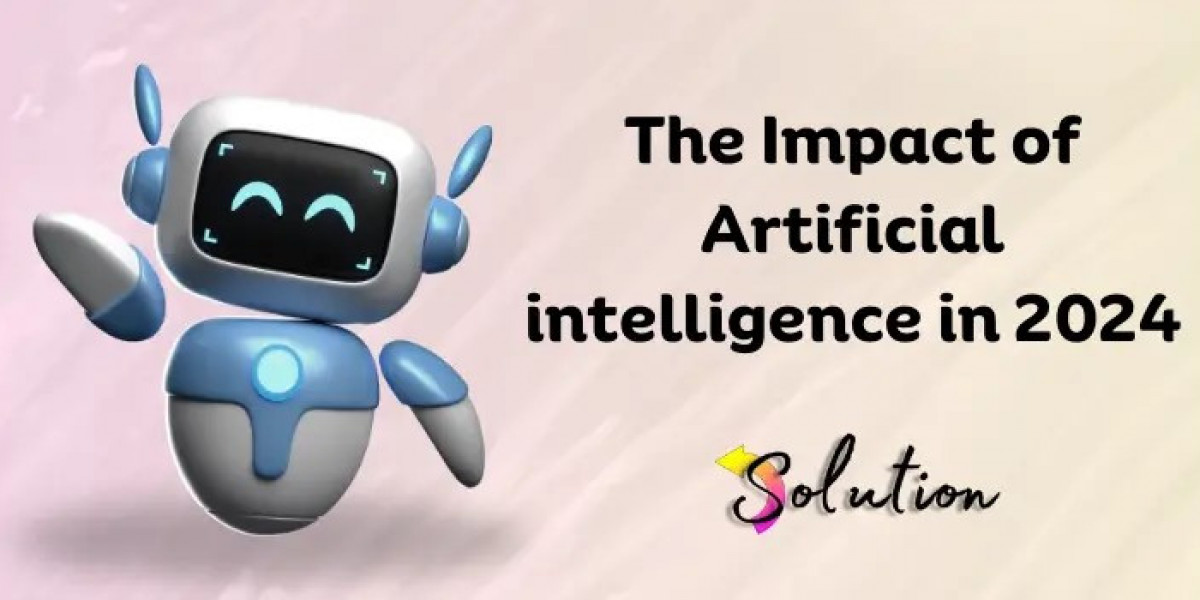Artificial Intelligence (AI) has swiftly transitioned from a futuristic concept to a daily reality. From voice assistants and recommendation engines to autonomous vehicles and medical diagnostics, AI is redefining how we live, work, and interact. But what exactly is AI, and why is it such a transformative force?
What is Artificial Intelligence?
Artificial Intelligence refers to the simulation of human intelligence in machines that are programmed to think, learn, and adapt. These systems can perform tasks that typically require human cognition, such as understanding language, recognizing patterns, solving problems, and making decisions.
AI can be categorized into three types:
Narrow AI: Specialized in a single task (e.g., facial recognition, language translation).
General AI: Hypothetical systems that can perform any intellectual task a human can do.
Superintelligent AI: A theoretical AI that surpasses human intelligence in every field.
Key Technologies Driving AI
Machine Learning (ML): Algorithms that allow computers to learn from data.
Natural Language Processing (NLP): Enables machines to understand and respond to human language.
Computer Vision: Allows machines to interpret visual information from the world.
Robotics: Integrates AI into machines that can perform physical tasks.
Applications Across Industries
Healthcare: AI is aiding in early disease detection, personalized medicine, and robotic surgery.
Finance: Fraud detection, algorithmic trading, and customer service chatbots.
Transportation: Self-driving cars and intelligent traffic management.
Retail: Personalized recommendations and supply chain optimization.
Education: Adaptive learning systems and intelligent tutoring.
Ethical Considerations
While AI brings remarkable opportunities, it also raises important ethical questions:
Privacy: How is data collected and used?
Bias: Are AI models fair and inclusive?
Job Displacement: How will automation impact employment?
Control: How do we ensure AI systems align with human values?
The Future of AI
As AI continues to evolve, its integration with other emerging technologies like quantum computing, 5G, and the Internet of Things (IoT) will unlock new possibilities. Responsible development and deployment will be key to harnessing its benefits while minimizing risks.










